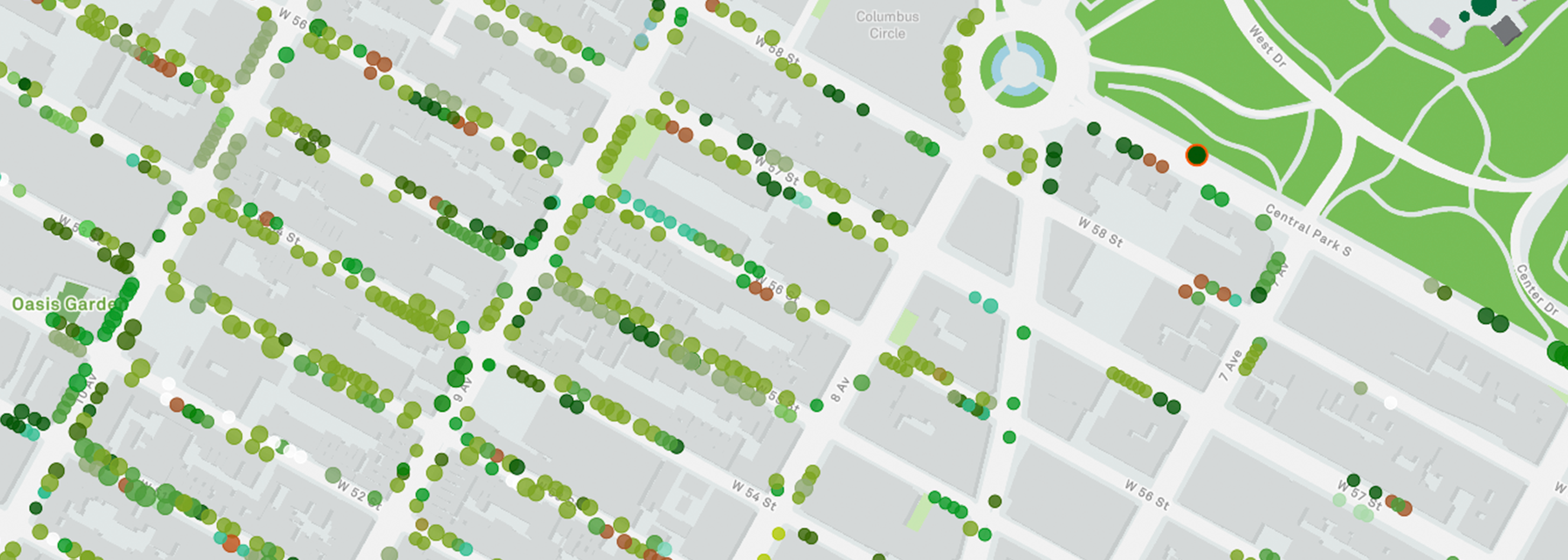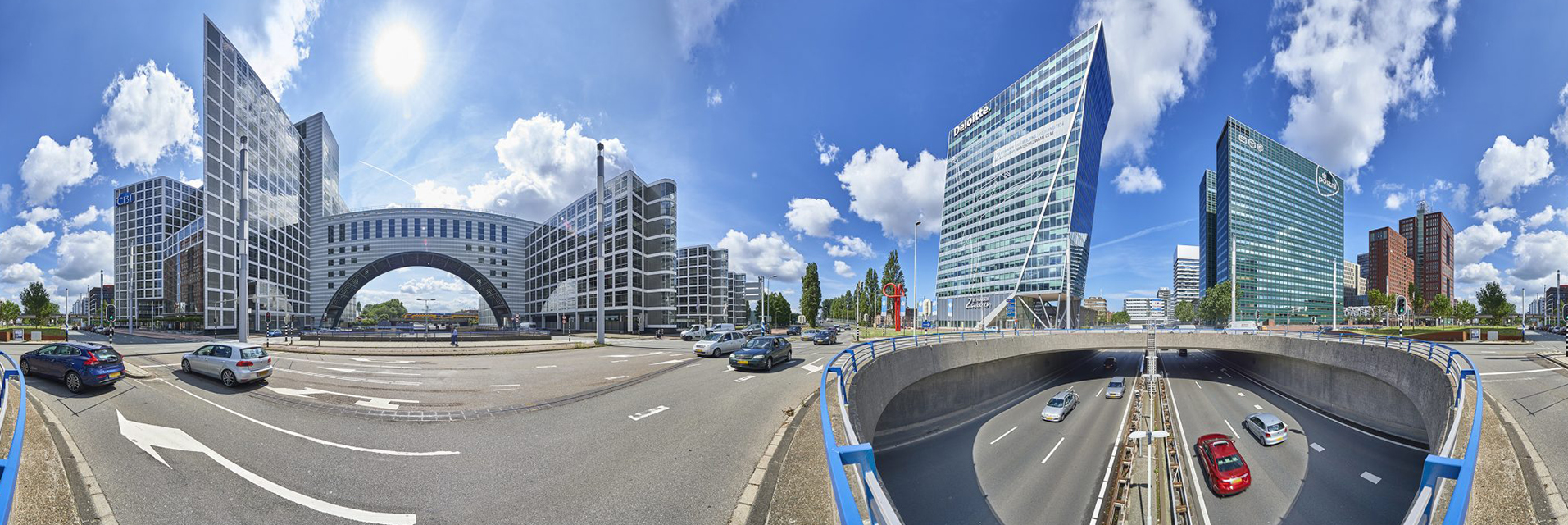Future city | 31 March 2020
Article: Save lives, time and energy: become a future city
A smart city: dull and overused?
A future city combines physical infrastructure with its digital twin, increasing your capabilities, enhancing your output, streamlining your processes, and earning you the gratitude of your residents.
- A city of 5 million people could save 30 to 300 lives per year.
- A city of the same size could shorten its residents’ transport time by 15 to 30 minutes.
- A similar city could reduce its crime by 30 or even 40 percent.
- A city this smart could greatly improve the lives of all its citizens.
At least, that’s what the McKinsey Global Institute calculates. The preeminent research and consultancy company has performed an extensive audit of the state of smart cities.
McKinsey confronts the main issue head-on, which is that the concept of smart cities seems dull and overused. The more people use this term, the less value it has. This isa shame as cities are actually looking to enhance and improve themselves. People may not necessarily know whether they’re living in a smart city per se, but they certainly want to live in a future city. Becoming a smart city or a future city is not a goal. It’s a means to an end.
Increasing demands
Why? Because the problems that cities are facing are real. City populations are growing and their residents’ demands are increasing. They’re asking for better services, more information and faster emergency and other response times. But these demands also make cities great laboratories for developing solutions.
You may need concrete solutions for your own city or community, practical answers and ways of working. If city officials envision their conundrum as a simple formula, like McKinsey does, this helps to get an overview and a clear path for action:
City users + digital technology = solutions + higher quality of life
Don't be afraid of digital technology
So is digital technology the answer to pretty much everything? Not quite. Technology has the potential to be alienating, also for many in city governments. From the outside, new technology may look daunting, challenging, and provide no clues about where to start.
The good news is that digital solutions are a part of the possible tools available. And they’re much easier to apply than one might think. They’ll probably be the most effective and cost-efficient of all your methods for enhancing your residents’ lives. Instead of having your city employees go out and meet with every resident who has a complaint or request, visit entrepreneurs with demands, or take pictures of your infrastructure needs, you can use digital solutions instead to easily address those issues.
You’ll save much more time than the amount of time you’ll need to get your technology up and running. As soon as you have your digital twin up and running – that is, the digital equivalent of your city data – you’ll be able to make serious enhancements to your services and gain valuable insights. Just think of the great benefits to be gained from having your city’s digital twin with numerous, easily obtained data. This will enable you to save resources, organize processes more efficiently, better manage urban planning, and significantly improve communication with citizens.
Make your city more effective
The effectiveness of digital tools depends on more than just the quality of those tools; it also depends on the demands of your future city. Are you looking for better city planning? A more up-to-date transportation network? Better emergency responses? These are practical and relevant requests, but technology is only as effective as the city that uses it.
Smart management makes all the difference. It’s important for the city to have the courage to take serious steps, break free of dogmas like ‘this is not how we’ve always done things around here’ and apply new techniques? Leadership must lead in a future city, instead of sitting back, relaxing and simply enjoying the ride.
A future city is not magic. It’s a result of management and vision.

Create your digital twin
Some words of comfort: we’re not telling you to throw your knowledge overboard. We’re not implying that you haven’t built a great, high-functioning city already. We’re simply advocating that you combine the physical assets that already exist – e.g. traffic signs and traffic lights – and whatever is necessary now to make this physical world smarter and future-proof. But how?
Here’s where the digital technology comes into play. Creating a future city all begins with a digital transformation, because a future city is a digital city. And we can help you undergo that transformation. How? By creating a digital canvas – or a digital twin – of your city.
A digital twin makes it possible to move through your own smart city, helping you to improve existing processes. Because there’s no need to physically visit locations, you’ll be able to save time and improve the efficiency and quality of your work.
Combining existing physical assets with your digital twin will give you relevant insights and make your city ready for the future. To build on the example of traffic signs, you can do this by installing sensors at existing traffic signs and collecting data on the traffic that passes by within your digital twin. This will increase your capabilities, enhance your output and streamline your processes. High quality imagery can also show the precise locations and status of the traffic signs (and many other assets as well).
Having a digital twin of your city will prepare you for the future by enabling you to respond easily to changing demands and important developments that have a big impact on your city.
People are central, data helps
So you have your services, you have your digital twin helping you out, and you have your physical assets in place. Are you now ready to be a future city? Almost.
There’s just one more thing you need to be cognizant of: the people. You can’t and won’t build the best possible digital twin without the input of your people and external professionals, and you can’t and won’t apply the data to your future city without their expert opinion.
Here’s a practical example of how you can involve your people. Your residents can use technology like social media to communicate with your city, and deliver input that is easily translated into your digital twin. Their feedback is valuable for continuously improving your city.
An example is the collection of taxes based on government assessments. Usually, whenever a resident has asked for more information on a particular assessment, it was countered with a barrage of information and dismissed. In the worst case, a city official had to go to the resident and personally take a look at the property.
A digital twin of your city makes it possible for a city official to easily look up detailed information on properties. This enables faster and clearer communication with residents. You can also use feedback from your residents by entering it into the system so you can find out easily whether multiple residents lodge the same complaint, which may mean that you need to fine-tune your findings.
Become a future city
If you make the people central to building a future city, you can both use the expertise of your own professionals at city hall and the knowledge of your residents on the street. In addition, by using the input of your people when creating a digital twin of your city, you’ll make improvements applicable and visible.
You’ll see this most clearly reflected in the more efficient and effective way people work. You will also notice improvements to public value in things likeimproved traffic flow, less pollution, better services, and safer streets and neighborhoods. In that way you’ll be saving lives, time and energy.
The information above details how you can make use of data to improve your city for its residents, and therefore become a future city. And we’re happy to help you realize that transformation.
